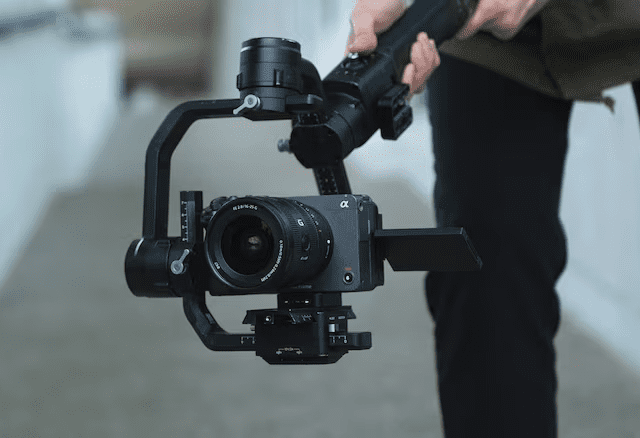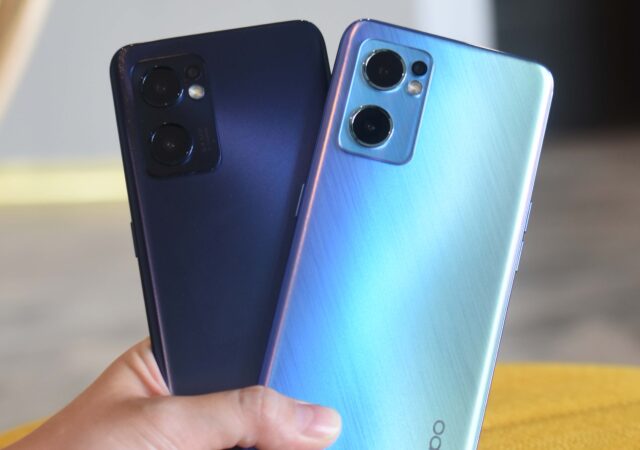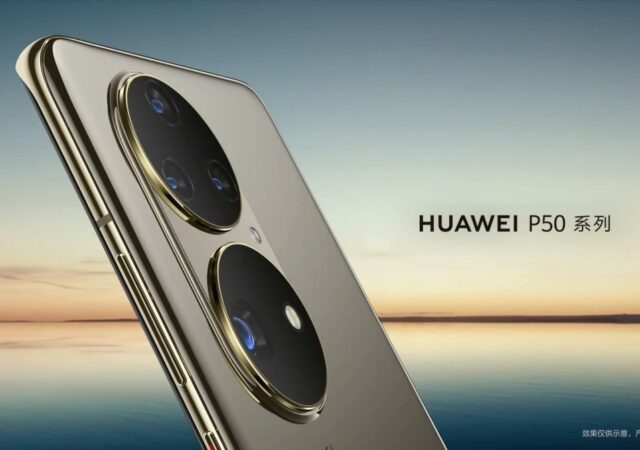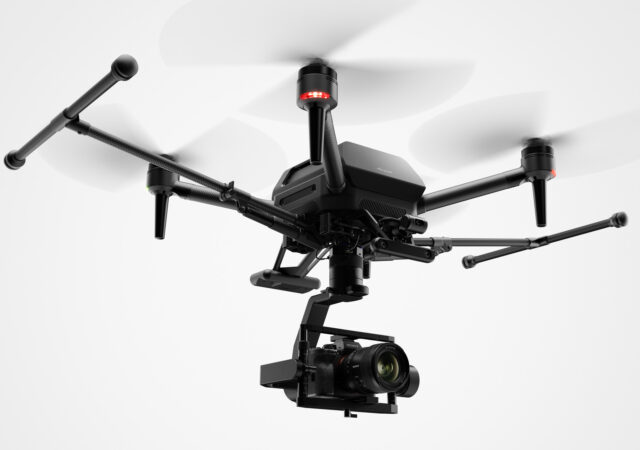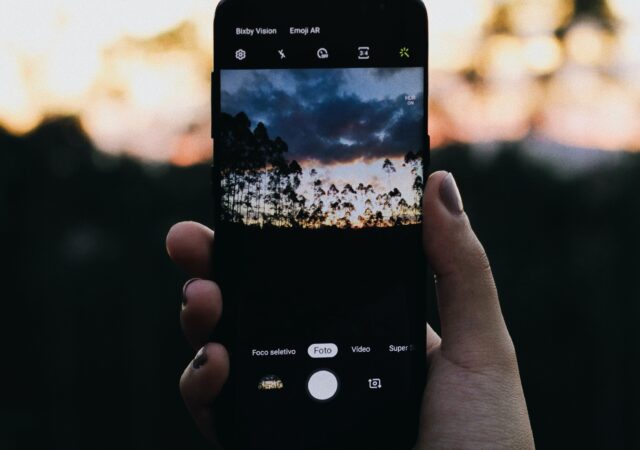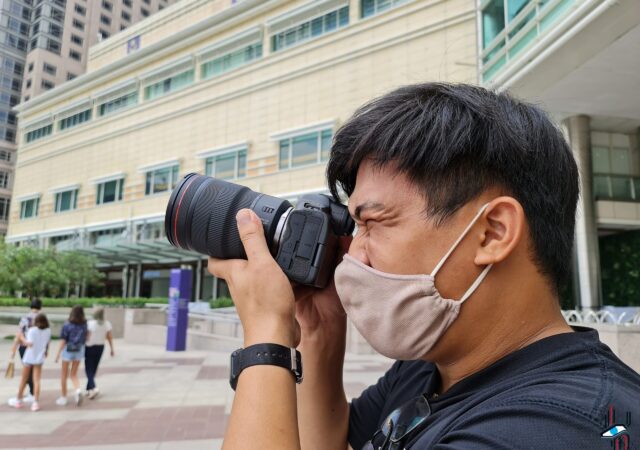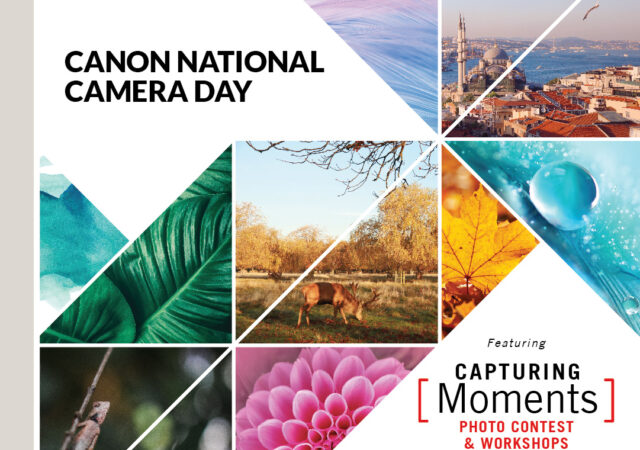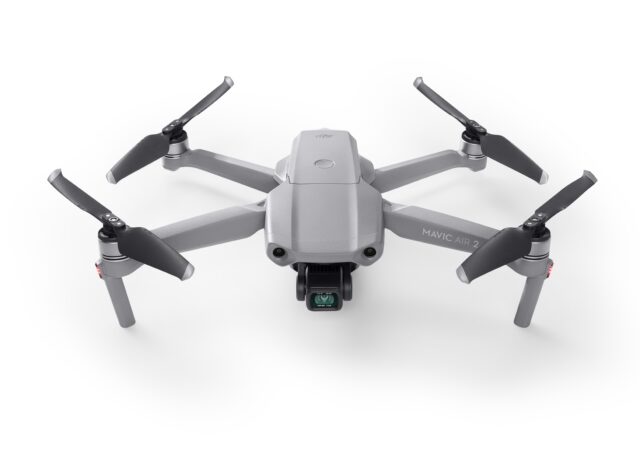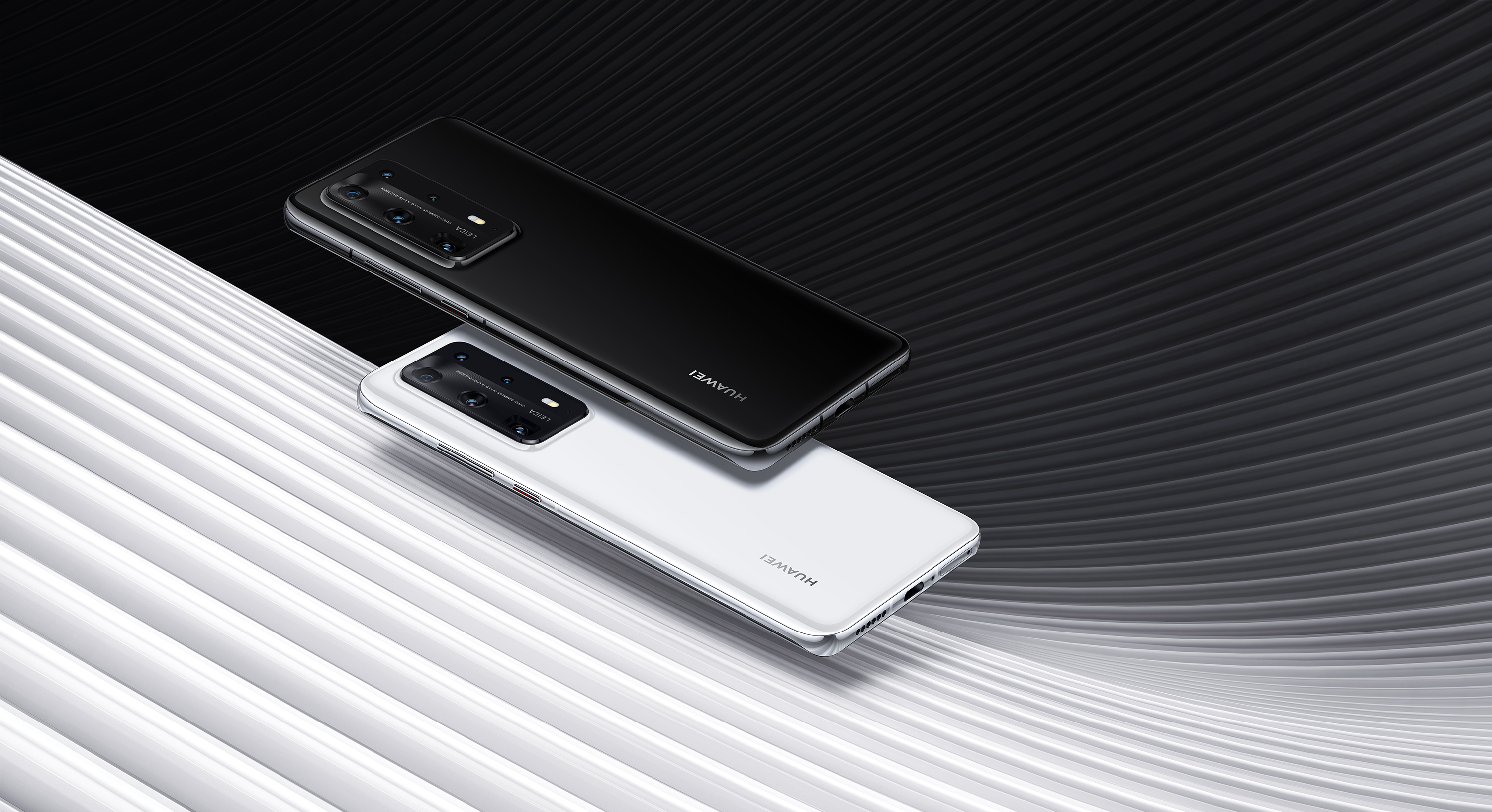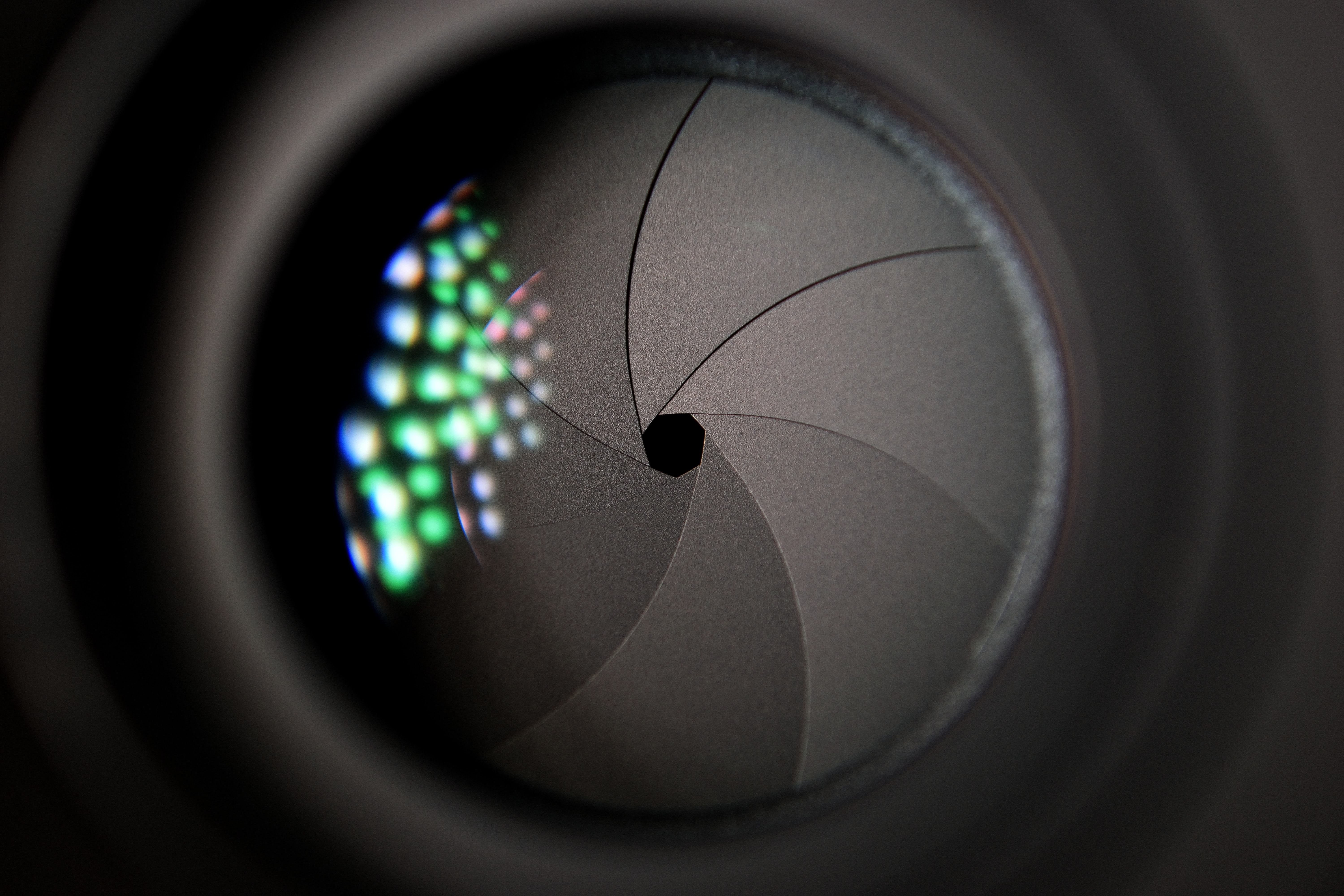Experience the power of Sony’s new FE16-25mm F2.8 lens. Capture high-resolution images with beautiful bokeh, all in a compact and lightweight design.
OPPO Launches the Reno7 Series in Malaysia with 50-Megapixel and 5G!
OPPO launches their new photography champion, the Reno7 series with 50-Megapixel camera and 5G capabilities at MYR 1,999 onward.
The HUAWEI P50 Has a Launch Date – Stay Tuned on 29 July 2021
HUAWEI’s Richard Yu confirms that the HUAWEI P50 will launch on 29 July 2021 with “new mobile imaging technology”.
[CES 2021] Sony Introduces the AirPeak
Sony introduces the AirPeak in CES 2021. The AirPeak is designed to be the world’s smallest drone to carry the Alpha for aerial creativity.
Mastering Modern Photography with your Smartphone
Photographs are the mighty connectors of the world today. You may not master any other language aside from your native tongue, but you know this much is true – a picture is worth a thousand words and having the right…
24 Hours with the Canon EOS R5 – A Walk Through Town
We had a short time to spend with the Canon EOS R5. We had a day out with the highly capable camera though, and the results shows.
Canon Goes Digital for National Camera Day in Malaysia
Canon Malaysia has had a month long campaign to celebrate National Camera Day. Here’s what happened!
DJI Mavic Air 2 Takes Flight
DJI just released their brand new Mavic Air 2 consumer drone to replace the DJI Mavic Air with a bigger 48-Megapixel sensor, more shooting modes, and even cleverer electronics to keep it in the air longer.
Huawei P40 Series Launches – The Evolution of Smartphone Photography.
HUAWEI just launched their brand new flagship P40 series. The new smartphone is the new word for smartphone photography with a bigger 50MP RYYB sensor. The new flagship will be available 7th April 2020 onward.
Photography is the Word – The Case of Replacing Your Camera with Smartphones; Should You?
Photography is a wonderful thing. Everyone loves a good photo. A good photo can be shared with the world to convey stories, to eternalise important moments, to remember. It allows you to see the world or environment as someone else…



